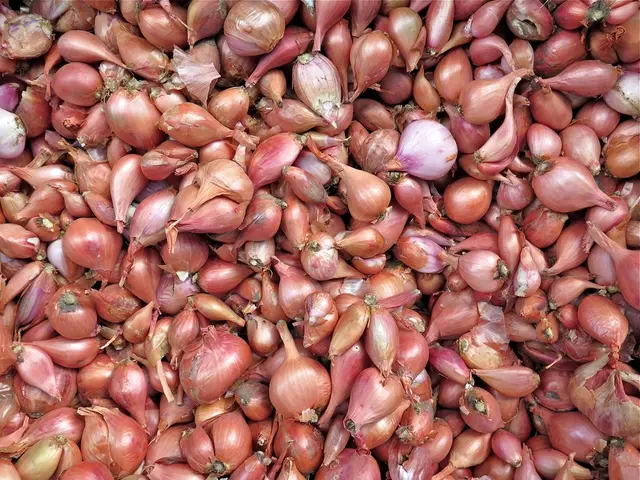Strategies for Preventing Raccoons from Infiltrating Your House and Yard
From their enchanting bandit masks to their sly, stealthy demeanor, raccoons are as elusive as they are entertaining. These charming creatures roam North America with ease, inhabiting cityscapes just as comfortably as forests. Their success? They're smart, agile, and adaptable. But don't be fooled by their charm; they can be crafty, causing damage to property and spreading diseases.
Let's Dish on Raccoon Behaviors and Habits
Raccoons, or Procyon lotor, are scavengers, dining on an array of plant and animal matter, from berries to fish to vegetable gardens. Their nocturnal lifestyle is a myth, though — you might catch them foraging during the day. While they may seem harmless, you don't want them lurking near your home. These clever critters can carry fleas, ticks, and lice, as well as serious diseases such as rabies and canine distemper. Don't forget about their roundworm eggs, which can lead to nerve damage or blindness. Ouch!
Under the Surface: Why Do Raccoons Wash Their Food?
Have you ever witnessed a raccoon washing its food? It certainly looks like they're conducting an evening sinkside lolly-pop cleaning, but the truth is far from it. Raccoons use water to heighten their paw sensitivity, allowing them to discern food more accurately, especially when foraging in streams. While washing isn't mandatory, it's another example of their cunning adaptability.
Why Spotting Raccoon Activity Matters
Raccoons are notorious for digging through garbage cans, raiding chicken coops, and making a mess of your vegetable garden. They leave telltale tracks with long toes and claw marks. If you find litter scattered around your trash can, there's a good chance a raccoon is to blame. Other signs include hearing whining or growling, noticing nesting materials, and spotting them roaming around.
Keeping Raccoons at Bay: Strategies for Your Backyard
Want to protect your property and loved ones from these calico bandits? Here's how to raccoon-proof your home:
- Seal openings: Raccoons require about 4 inches to sneak through holes. Check your home for openings and seal them using sturdy materials like steel mesh or heavy-duty screens.
- Secure entry points: Reinforce chimney caps, vent covers, and trim tree branches hanging over the roof to make entry more difficult.
- Remove attractants: Keep trash in animal-proof containers with tight lids, store pet food indoors, and clean up outdoor areas to eliminate food sources.
- Use deterrents: Install motion-activated lights or sprinklers that scare raccoons away.
- Regular inspections: Always stay vigilant for new signs of raccoon activity.
- Professional assistance: If raccoons have nested inside your home, contact wildlife professionals for safe and humane removal.
With a little effort, you can make your backyard less appealing to raccoons and ensure a safe and enjoyable outdoor experience for you and your family. Happy raccoon-proofing!
- Southern Living magazine offers insights into the culture and lifestyle of urban areas, providing tips on how to keep raccoons at bay in your home and backyard.
- Outdoor recreation and gardening enthusiasts might be interested in learning about the activities and entertainment that raccoons engage in, such as foraging for berries and gardening in home-and-garden spaces.
- Wildlife and lifestyle television shows could feature videos showing raccoons washing their food, demonstrating their unique antics and adaptability in animals and wildlife documentaries.
- To truly appreciate the challenges of living alongside these urban incognito neighbors, one might turn to lifestyle programs like Southern Living, gaining knowledge on outdoor recreation, home-and-garden practices, and how to live symbiotically with raccoons while maintaining a clean and tidy property.








